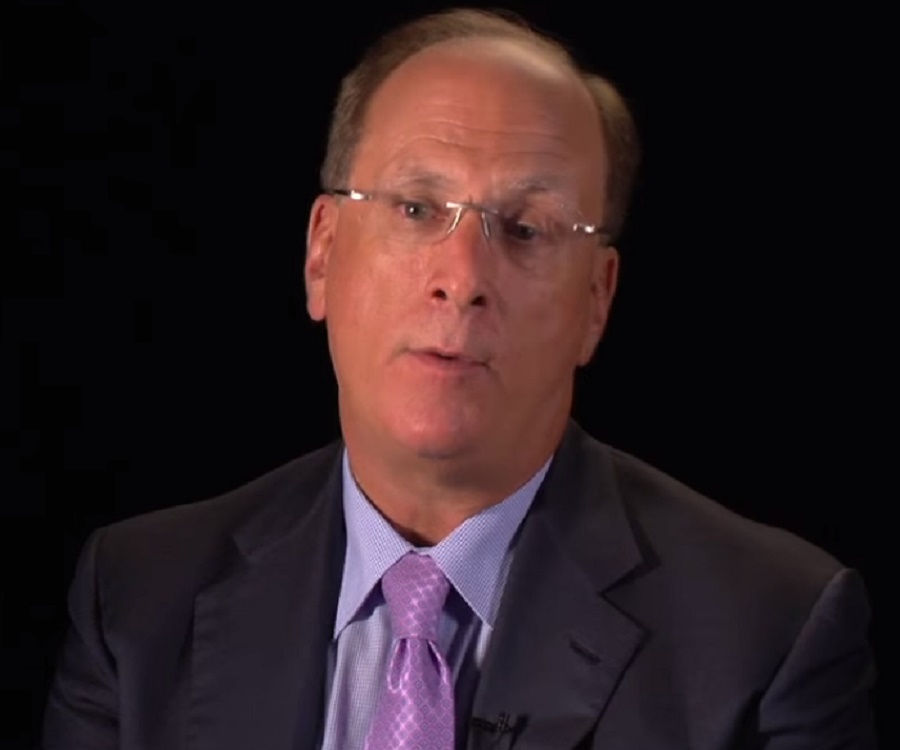

But in 1994, a conflict with Blackstone’s Stephen Schwarzman led to a separation of the two companies. Within five years, BlackRock had more than $20 billion under management. In 1988, Fink, along with a handful of other traders, founded BlackRock with support from its first financial backer, the private equity firm Blackstone (notice the similar name). The son of a shoe salesman and English professor, Laurence Fink started his finance career working for First Boston, trading bonds during the 1980s, and became the firm’s youngest-ever managing director at the age of 31. This role is not only played by certain divisions within the company, but by the co-founder and CEO of BlackRock itself, Larry Fink. The company’s power is expressed not merely in terms of its equity (shareholdings) and bonds (debt ownership), but in its role as an adviser to governments and institutions. Gerald Davis, a professor of management and organization at the University of Michigan, described BlackRock as “the silent giant” that few know about, but which is “incredibly powerful.” In the case of BlackRock, those clients come in the form of banks, corporations, insurance companies, pension funds, sovereign wealth funds, central banks and foundations.

Unlike a bank, asset management firms do not manage and invest their own money, but do so on behalf of their many clients. In terms of America’s most profitable and recognizable corporations, BlackRock is a top shareholder of Walmart, General Electric, General Motors, Ford, AT&T, Verizon, Google, Apple, Exxon Mobil and Chevron.īlackRock’s other large holdings include Microsoft, Johnson & Johnson, Amazon, Facebook, Berkshire Hathaway, Gilead Sciences, Pfizer, Procter & Gamble, Merck, Intel, Coca-Cola, Walt Disney Company, Home Depot, Philip Morris, VISA, McDonald’s, Cisco Systems, PepsiCo, IBM, Oracle, Comcast, Lockheed Martin, MasterCard, Starbucks, Boeing and ConocoPhillips, along with thousands of other, smaller brands.īut despite its size and influence, BlackRock remains virtually unregulated as an asset management firm. banks, including JPMorgan Chase, Citigroup, Bank of America, Goldman Sachs, Morgan Stanley, and Wells Fargo.

Specifically, BlackRock is one of the top shareholders in all major U.S. corporations, and one of the largest shareholders in companies around the world, from Canada to Brazil, Germany, Japan, China and beyond. It’s safe to say that BlackRock is the single largest financial institution in the world: a vast holding company that has become a major shareholder in roughly 40% of all publicly traded companies in the U.S., the largest single shareholder in one out of every five U.S. Yet when one includes assets that the company not only manages, but advises upon, the number soars to around $15 trillion, roughly equal to U.S. In fact, only China and the United States have a larger GDP than BlackRock has assets under management. It manages more wealth than Japan and Germany have in GDP. It operates virtually unregulated, often in the background, yet there is scarcely a company, country or region of the planet that this, the world’s largest asset management firm, does not touch or influence.Īt a mere 27 years of age, BlackRock manages $4.5 trillion in assets, making it the single largest investor on Earth. But it advises or owns such institutions. It’s not a bank, nor an insurance company, central bank, finance ministry or sovereign wealth fund.


 0 kommentar(er)
0 kommentar(er)
